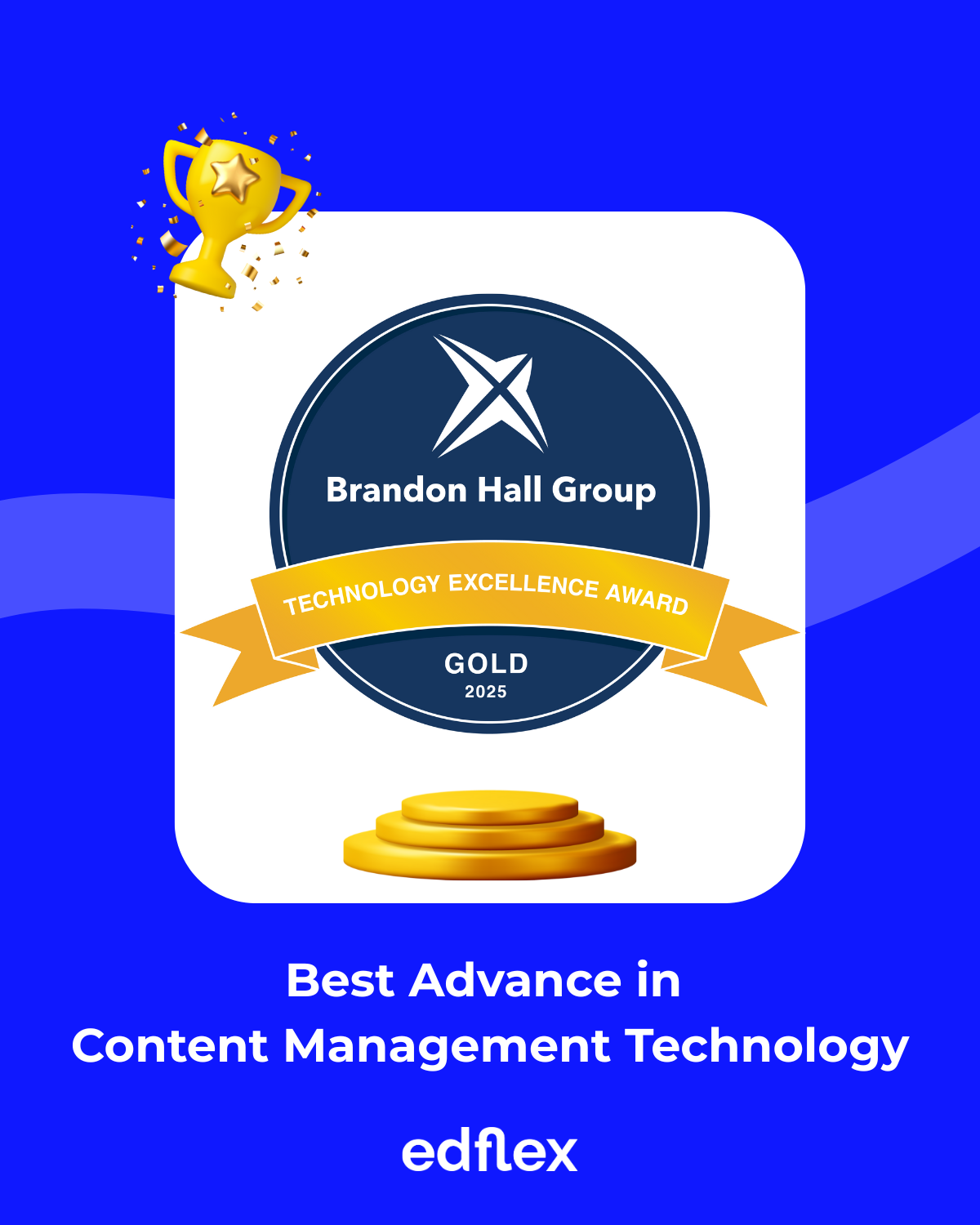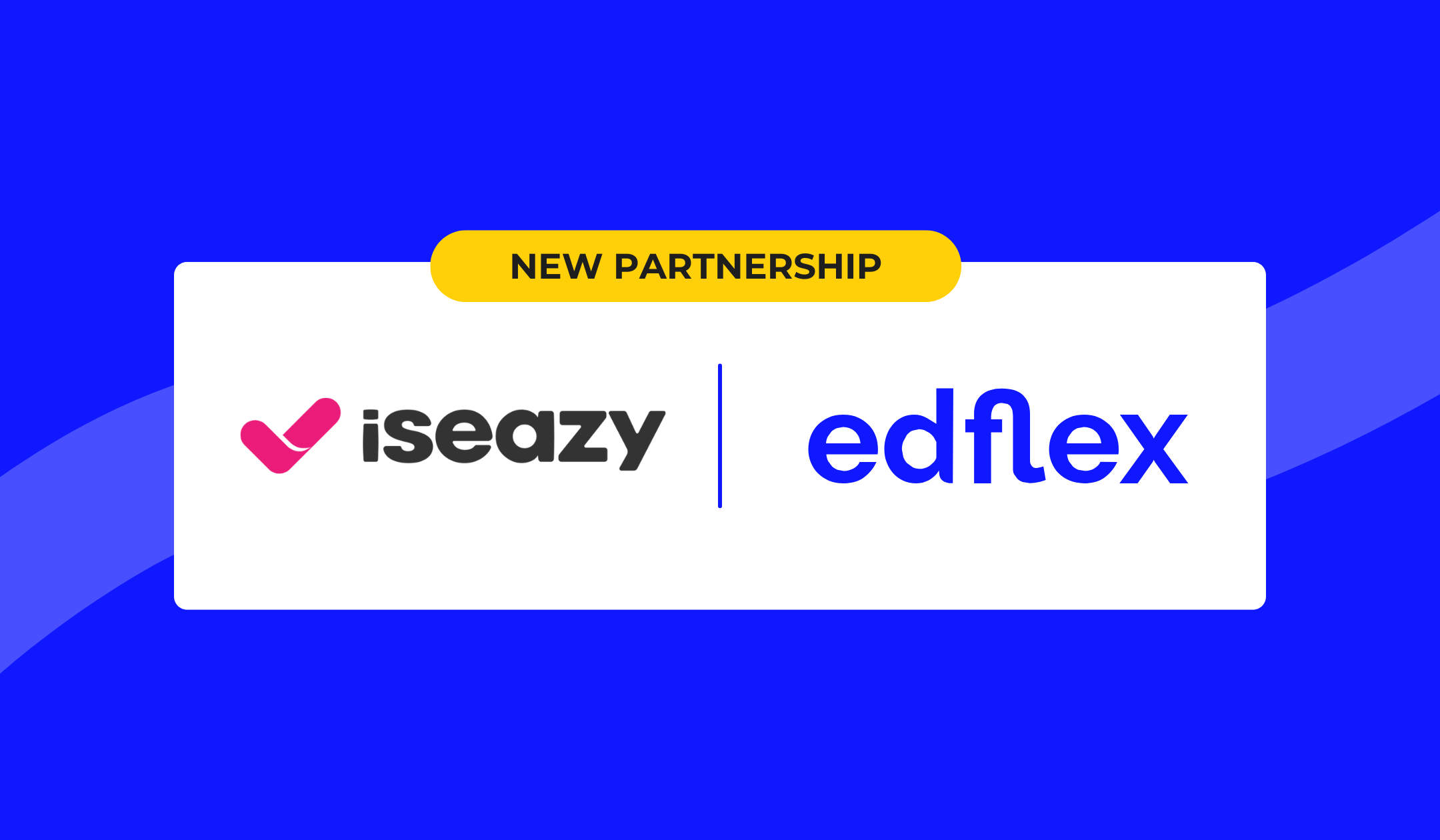Supporting employees to reach their full potential, maximizing their commitment, but also boosting company performance, is all that the career management. By integrating career management into business strategy, you are responding to a major challenge, which is that of skills development. In this article, we invite you to discover why a rigorous action plan is essential to achieve your goals and how to implement it in a few simple steps.
What is career management?
Career management refers to a structured process aimed at align the career aspirations of employees with the skills needs of the company.
This global strategy is integrated in a profitable way into human resources management. Indeed, good career management includes both recruitment process, the skills' development plan That the internal mobility. Thus, career management concerns all stakeholders and all departments.

She is essential for the growth and sustainability of your business, because a well-thought-out career management strategy is an opportunity to meet the needs of both the company and each employee as an individual.
Why create a career management plan?
A pillar of human resources management, career management is essential because it highlights the human capital of your company. Its implementation is a good way for the organization to benefit from numerous advantages.
Anticipating the future needs of the business
Take into consideration the career path of your employees is in a way Foresight work. Indeed, the current trends are not those of tomorrow. Technologies are constantly changing various business sectors and at any time a new competitor can emerge. For all these reasons, it is necessary to constantly audit the talents and skills of employees. As soon as you identify a gap, it is necessary to train your employees to adapt to the evolution of jobs and maintain your competitiveness.
Increase employee well-being
A learning plan for employees is also an opportunity to increase the quality of life at work (QVT). Employees appreciate that their skills are developed and updated regularly, as this increases their employability and makes it easier for them to carry out their daily tasks. In addition, each employee who benefits from learning has an easier time to projectProject yourself into your professional life, as he knows that he can look forward to a real career path and reach ambitious goals.
Supporting mobility wishes
Learning new skills is sometimes A condition Sine qua non-professional development. Thus, any employee who communicates mobility wishes is more likely to change jobs if he follows qualitative learning on a regular basis. Career management is therefore also a taking into account the learning and development needs of employees.
Retain talent and optimize the recruitment process

HR development of jobs and skills is essential to retain the talents you recruit. They are in fact looking for an organization in a position to support their professional project. However, if you put in place a real policy of internal mobility, they will know that they can indeed consider a career in the company over the long term.
As we can see, career management has significant benefits. Develop employability, take care of your employer brand or even increase the performance of your business are thus some appreciable benefits of competency-based management.
The 6 essential steps of your action plan
Now that we've studied the importance of properly managing the skills of your employees, it's time to create an action plan. The latter will allow you to do not miss any essential steps and reach your goals step-by-step.
- Establishing your career management strategy
First of all, you need to precisely define your objectives and the challenges of learning for your company. This will allow you to implement a global strategy ranging from recruitment to learning through employee retention.
It's also a great time to create a competency framework. This valuable tool identifies business needs as well as the jobs and skills that need to be acquired or developed to achieve its goals.
- Identify skills and interests

The next step is that of overview of existing and missing skills. The learning courses to be deployed to fill it will depend on this gap.
To carry out a relevant skills mapping, we recommend that you take advantage of the annual maintenance, of aptitude tests Or competency assessments regular.
- Determine what steps are needed
You now have a better vision of how far you still have to go to reach your career management goals. Like any project, it is necessary to divide the various steps into sub-steps in order to guarantee the success of your initiative. The steps may contain learning sessions, a skills assessment Or recruitment phases.
- Specify the resources required

To not be taken in class, Identify in advance and accurately the resources necessary to achieve the objectives of career management. Although it is an ongoing process, you must first have adapted learning, of Qualitative and Diversified Educational Resources, of Adapted premises To Organize Face-to-Face learning Sessions or Even Committed Mentors To support their peers. To meet immediate needs and best anticipate the evolution of skills, you can offer learning content with high added value throughout the year for your employees. At Edflex, we provide your employees with premium content thanks to our partner editors to meet all your needs.
{{cta-edflex-prime-en="/cta"}}
- Develop the skills of employees
We are reaching a key stage in career path management: learning. The latter must Integrate the Organization of Work Naturally and Become a Norm Within the Company.
The approach known as Learning in the flow of work is therefore very relevant for infusing skills development into the daily lives of employees. It is necessary to meet the learning needs of Offer Employees Access to an Online learning Platform. They will then be able to train at any time and develop the skills required to evolve within the company.
- Track progress and adjust strategy

As noted, career management is an ongoing process. It is therefore necessary to Review Regularly and Continuously Measure the Real Impact of learning Actions. You will thus be able to reassess your needs and adjust your skills management if necessary. The main thing is to succeed to maintain an Alignment between the skills of your employees with the state of the trades and skills of a market that is sometimes very competitive.
What are the essential tools for career management?
Throughout the career management process, it is advisable to use the right methods and the right tools To achieve the goals set by the organization.
We recommend that you pay particular attention to the following tools:
- Competency frameworks: These documents are important to ensure that your actions are aligned with the company's medium and long-term goals. The learning courses deployed and the evolution of employees must always meet the needs of the organization.
- Annual interviews: Interviews are a privileged moment to discuss with employees. It's a good way to identify the key skills they need so they can adapt to their work environment while achieving their personal goals.
- Skills assessment: These assessments help to guide employees according to their current know-how and interpersonal skills. They are also used to measure the impact of your learning policies on the skills of employees.
- Learning plan: The learning plans will make it possible to streamline the acquisition of skills and ensure optimal career monitoring. It gives you a global vision of learning efforts and improves your efficiency.
- HRIS software: An HRIS platform (Human Resources Information Systems) can be used to collect, centralize and exploit employee data. This makes it possible to deploy personalized learning courses.
- Digital learning platform: An online distance learning platform, if it offers qualitative content in various formats, is a good way to ensure the permanent learning of your employees and better anticipate the evolution of jobs.
In summary, managing talent, skills, and careers is strategic for your business. Manage the professional development of employees meets a Need for Foresight, because you can adapt skills to the market. But it's also a good way to Meet Employee Expectations. You retain them by promoting professional mobility within the company. By activating these various levers, you also improve the attractiveness of your business, tea Employee well-being That the team productivity.



















